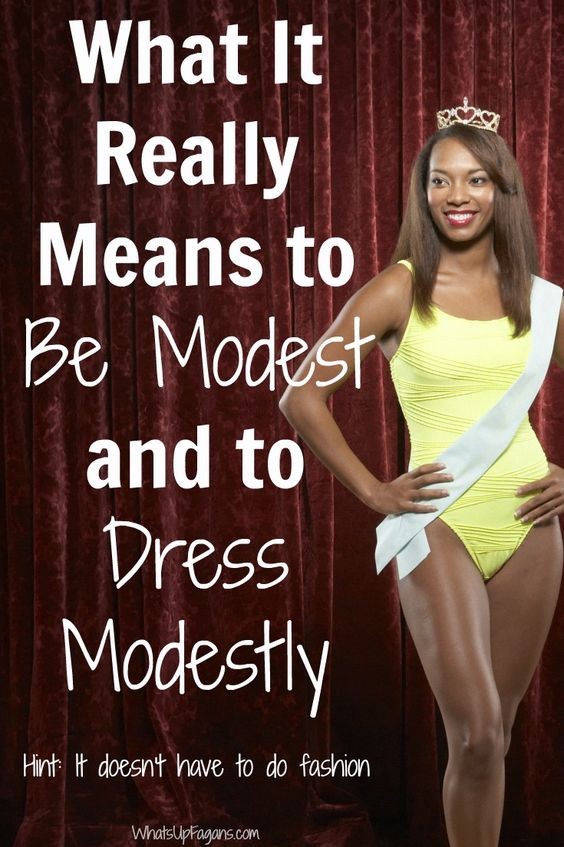Why Wearing Modest Clothes Doesn't Necessarily Make You Modest
Modesty is a concept that often gets equated with the type of clothing one wears. However, wearing modest clothes doesn't necessarily make you modest. True modesty goes beyond fabric and fashion choices, encompassing attitudes, behaviors, and values. Here’s why clothing alone isn’t the definitive measure of modesty and what truly defines a modest lifestyle.
1. Intentions Behind Modesty
The essence of modesty lies in the intention behind your choices. Wearing modest clothes for the sake of adhering to societal or religious expectations, without understanding or embracing the underlying values, misses the point. True modesty involves a sincere desire to present oneself with humility and respect, rather than simply conforming to external standards.
2. Behavior and Attitude Matter
Modesty is reflected in how you conduct yourself and interact with others. Respectful speech, kind actions, and a humble demeanor are core aspects of modesty. You can wear the most conservative outfit, but if your behavior is boastful or inconsiderate, it undermines the modesty your clothing suggests.
3. Modesty in Consumption and Lifestyle
Living modestly also means practicing restraint and mindfulness in consumption and lifestyle choices. This includes being conscious of not only what you wear but also how you spend your resources. Excessive materialism, even if it involves modest clothing, contradicts the principle of modesty.
4. Cultural and Contextual Sensitivity
Modesty can vary significantly across different cultures and contexts. What is considered modest in one culture might not be the same in another. Understanding and respecting cultural nuances is an important part of practicing true modesty. Simply wearing clothes deemed modest by one standard without sensitivity to the context can be misguided.
5. Inner Values Reflect Outer Choices
Your clothing should be a reflection of your inner values and beliefs. When modesty is genuinely embraced, it naturally influences your fashion choices. Wearing modest clothes should be an expression of your inner commitment to humility, respect, and self-respect, not just a superficial adherence to dress codes.
6. Empowerment and Personal Choice
True modesty also respects individual empowerment and personal choice. Forcing someone to dress modestly without allowing them to understand and embrace the reasons behind it can lead to resentment or superficial compliance. Genuine modesty involves making conscious, personal choices that align with one’s values and beliefs.
7. Authenticity Over Appearance
Authenticity is a key component of modesty. Being true to yourself and your values is more important than merely conforming to an appearance of modesty. When your outer appearance aligns with your authentic self, it resonates with true modesty.
8. Humility in All Aspects of Life
Modesty extends to all aspects of life, including achievements, possessions, and relationships. Humility in acknowledging your successes, being grateful rather than boastful, and treating others with respect and equality are all integral to living a modest life.
Conclusion
Wearing modest clothes is just one aspect of modesty and doesn’t necessarily make you modest on its own. True modesty is a holistic approach to life that encompasses intentions, behavior, cultural sensitivity, personal values, and authenticity. By focusing on these deeper aspects, you can genuinely embrace and embody modesty, allowing it to reflect in all areas of your life, including but not limited to your fashion choices.






